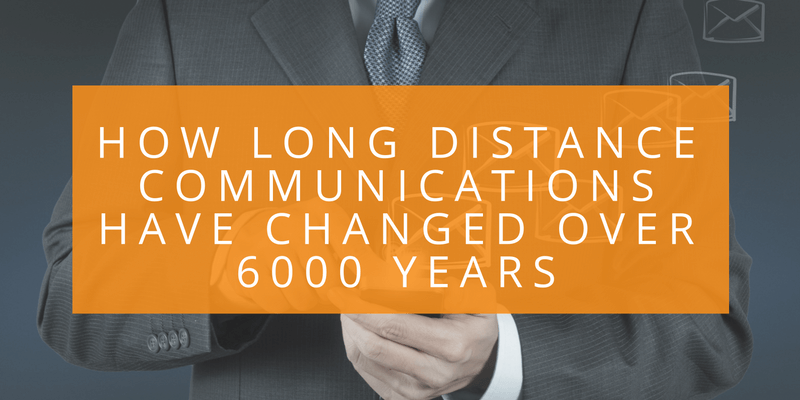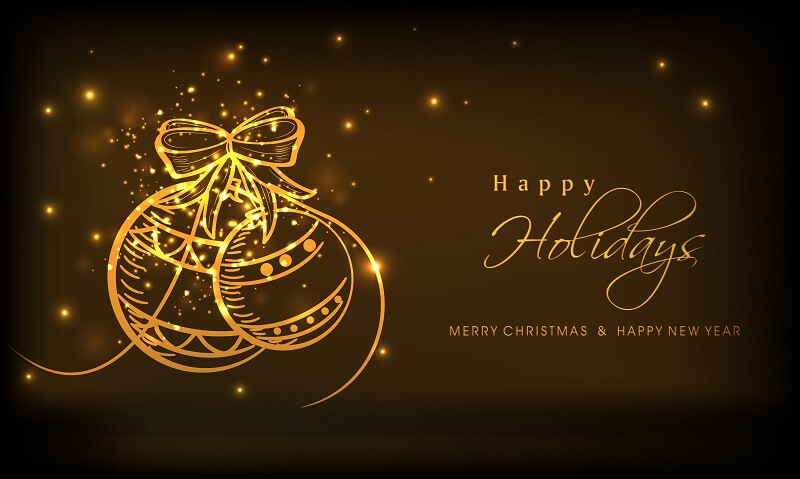When disaster hits, it’s better to send an SMS message

In the aftermath of the Boston Marathon Bombings, the mobile networks were flooded. Four days later during the near day-long manhunt in a suburb of Boston, the networks in that area were hit hard again. It was a similar situation in 2005 with the London bombings. Whether natural or man-made, major disasters are times when mobile networks are put to the test.
And in those times there just isn’t enough capacity available when everyone tries to call their friends and loved ones. But SMS messages will get through. How? To answer that question, I’ll quote from Scientific American interview with Brough Turner. He’s an engineer and entrepreneur in mobile networking. In the interview he discusses the impact on the networks after the Boston Marathon Bombings and answers the question why sending an SMS is better than calling:
“The SMS messages have a relatively light footprint, first of all. The second thing is that they’re asynchronous. If they can’t get through this instant, they keep trying. If it gets over the radio to the cell site, it will get through. Even if it’s delayed for 30 seconds or something. With voice you’re either connected or you’re not, and when you are that means that the traffic channel is tied up until you’re done talking. More likely, it means you never get connected because traffic channels are already saturated.”
Basically, because of how an SMS message is sent you are almost always guaranteed it will arrive. It may not be as instantaneous as we’ve come to expect, but it will get there. Whereas a voice call probably won’t connect when there’s a high demand on the network.
And honestly, in an emergency or mass disaster, a short text message from a loved one can be enough to put you at ease. My step-son was a teenager living with his mother in that Boston suburb during the manhunt. We worried about his safety and whether or not he was home, or if he was in the area where the police were most active. His father did eventually get a text message from him saying he was home safe. That’s all we needed to know. One short message that made it through the network load comforted us.
While I hope you never experience something similar, please remember to use an SMS message rather than call your loved ones. They’ll thank you for it.
Related Articles
SMS Messaging, Recruitment, and Millennials
Everyone wants a steady job with great pay and benefits right? Not so much for millennials. At least according to some research done in the last few years. It’s not that they want bad pay and poor benefits, just that those things aren’t necessarily the most important. But knowing what is important to them, just might make your SMS recruitment messages more successful.
SMS Messaging is Much Better Than Shouting!
Just in the last 60-70 years, communications have gone from requiring a person to route the calls to not needing anyone other than the two people at either end. It all got me wondering about the history of communications and how much different it is from even just a 100 years ago, or a thousand. The result of my wondering is this infographic that covers most of recorded history (at some level of detail anyway).
Do You Want More Characters in Your SMS Messages?
Ever wondered why SMS text messages are limited to 160 characters? You might think it was an arbitrary choice but that wasn't the case. 160 characters was chosen based on scientific research (sort of). Read the history behind it and learn how you can send texts of up to 456 characters now.
Death of SMS? Premature indeed.
A FastSMS 10 year anniversary interview
Merry Christmas SMS and fastsms customers!
12 Reasons Mobile Messaging is “A Beautiful Thing”
Beauty is in the eye of the beholder. But could text messaging really be considered beautiful? You might argue that it depends on the messages you get! That’s a valid approach, but I recently found a description of mobile messaging that made me believe it is indeed beautiful, so I thought I’d share it with you.
3 Questions You Need to Ask Before Choosing an SMS Provider
How is a consumer or business to know if the SMS provider they found is good or if they’ll take your money and run? There are lots of things you need to research before choosing a provider, but the following three questions are important ones to help weed out the unreliable ones.











